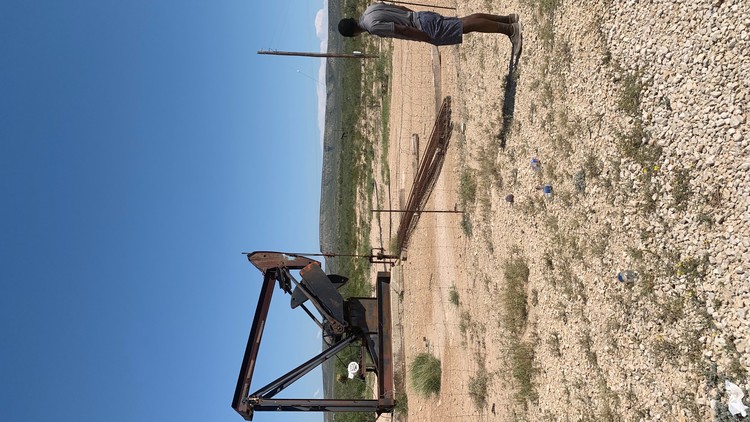Geophysical Surveying Methods: An Introduction

Why take this course?
🚀 Embark on the Fascinating Journey of Geophysical Exploration! 🚀
Geophysical Exploration Methods: Applied Geophysics
📚 About This Course This comprehensive course delves into the world of geophysical surveying methods, offering an introduction to the principles and applications that underpin this vital science. Designed for learners with a foundational knowledge of earth sciences, this course simplifies complex concepts to ensure even novices can grasp the fundamentals of geophysics without isolation from geology or geologic interpretations.
Course Overview
-
General Introduction to Geophysics: We begin by defining and exploring the core concepts that form the bedrock of geophysical studies.
-
Geophysical Exploration Methods: Here, we cover the various methods employed in geophysics, focusing on the physical properties they measure and the types of geologic information these methods can yield.
-
Theory & Field Operations: A brief but thorough examination of the theory behind each method, how to conduct field operations, and the interpretive techniques used to understand the data collected.
-
Real-World Applications: Through case studies, we'll explore actual fieldworks, from defining objectives and collecting data to interpreting results and providing recommendations.
Course Content
🔬 Module 1: What is Geophysics? Understanding the essence of geophysics and its role in solving problems related to the Earth's physical properties and structures.
🧐 Module 2: Geophysical Prospecting Methods 1 Introduction to primary prospecting methods, including gravimetry, magnetism, electrical resistance, and electromagnetism.
📐 Module 3: Anomaly Concept in Geophysics Exploring the concept of anomalies within geophysical data and their significance in identifying subsurface features or structures.
💻 Module 4: Geophysical Data Acquisition Learning about the techniques for collecting geophysical data, including equipment and field procedures.
🔢 Module 5: Geophysical Data Processing Understanding how to process raw geophysical data into usable information that can be interpreted and modeled.
🔭 Module 6: Geophysical Prospecting Methods 2 Delving deeper into additional prospecting methods such as seismic reflection, seismic refraction, and ground-penetrating radar (GPR).
👩🏫 Module 7: What does a Geophysicist do? A glimpse into the daily tasks and responsibilities of a geophysicist, from planning surveys to interpreting complex datasets.
📈 Module 8: Recent Case Studies of Geophysical Research Works Analyzing contemporary research studies that showcase real-world applications and advancements in the field of geophysics.
Enroll now and dive into the fascinating realm of geophysical exploration! This course is your gateway to understanding the intricacies of applied geophysics, opening up a world of career possibilities and insightful knowledge about our planet. 🌏✨
Loading charts...